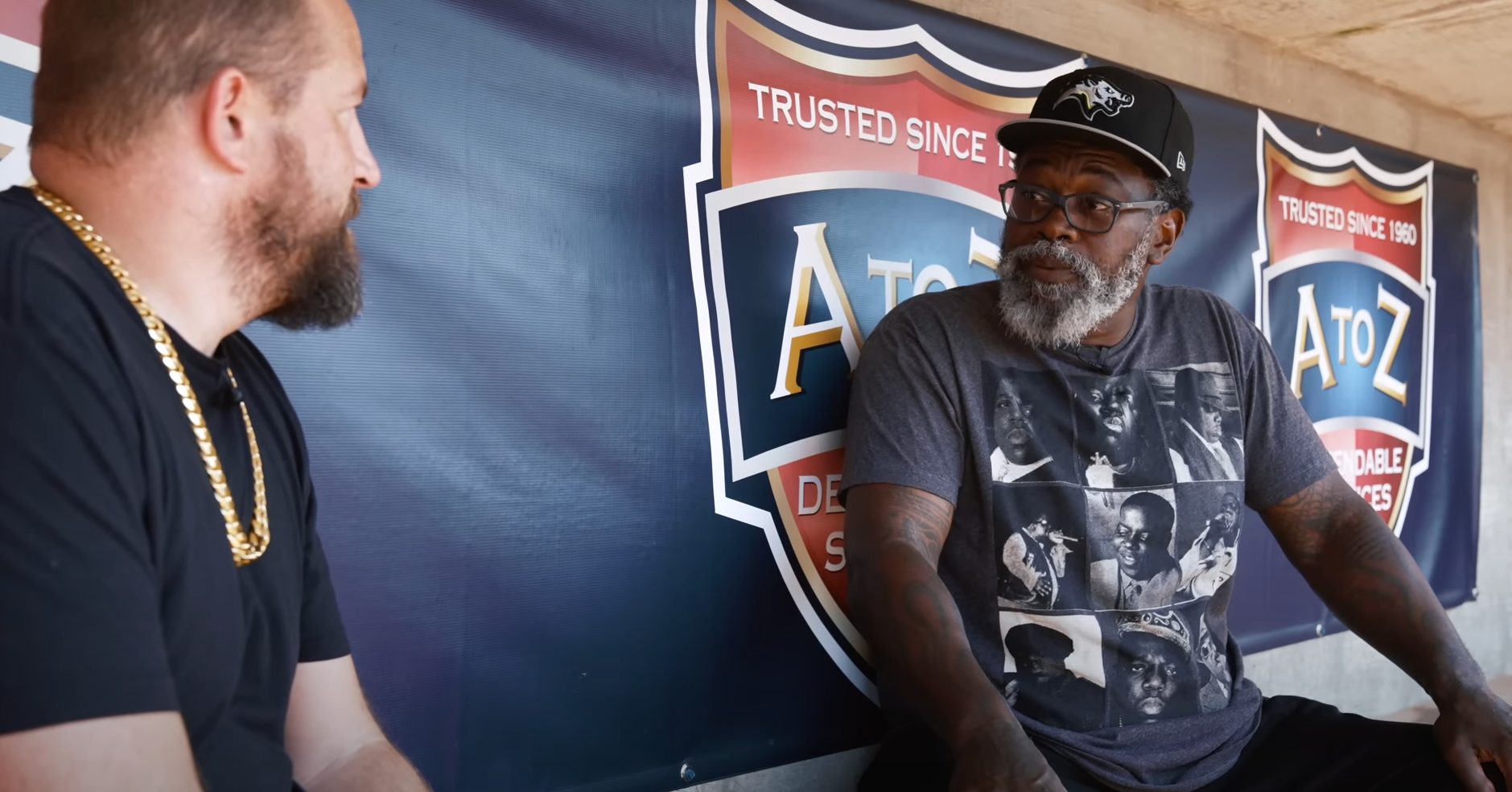
The $100 Million Card Collection: A Conversation with Dmitri Young
Jason Koonce, the founder of OTIA Sports, recently engaged in a captivating discussion with Dmitri Young, a former MLB All-Star, surrounding the fascinating world where professional sports and rare collectibles collide. The focal point of their conversation? Young’s jaw-dropping card collection, potentially worth a staggering $100 million.
The story behind Dmitri Young’s impressive card collection is a tale of passion and foresight. Young, renowned for his powerful swing and contagious energy on the field, had been an avid collector of baseball cards since his early days as a player. Over the years, he meticulously curated a collection that boasts some of the industry’s rarest and most coveted cards. What started as a hobby soon became an investment in history.
Koonce, an esteemed expert in sports memorabilia with decades of experience, delved into the intricate details of Young’s collection, both in terms of monetary value and historical significance. He emphasized the importance of factors such as card condition, rarity, and market demand, which collectively could appraise the collection at a mind-boggling $100 million. Koonce’s profound expertise shone through as he discussed the ever-fluctuating sports memorabilia market and how certain cards have appreciated in value over the years.
During the interview, Young generously shared the captivating stories behind some of the most prized possessions in his collection. He recounted the thrill of hunting down a rare 1909 Honus Wagner card, often referred to as the “holy grail” of card collecting. Young also reminisced about the bittersweet moment of finally acquiring a Joe DiMaggio rookie card, a piece that had long eluded him. These anecdotes offered a glimpse into the emotional attachment that collectors develop towards their treasured items, a profound connection that goes beyond mere monetary value.
However, the conversation took a poignant turn as Young revealed that he had to part ways with the majority of his collection a few years ago. While the reason behind the sale remains undisclosed, Koonce and Young pondered the implications of such a heart-wrenching decision. The interview touched on the “what could have been” scenario, contemplating the possibility of the collection’s value reaching an astonishing $100 million.
Koonce, leveraging his expertise, shed light on the meteoric rise of the sports card market in recent years. This surge can be attributed to a combination of factors, including nostalgia, the digital age fostering a sense of community among collectors, and a new generation of affluent enthusiasts eager to own a piece of sports history. He stressed that Young’s collection wasn’t just a treasure trove of cards, but also a reflection of baseball’s storied past, encapsulating the faces and statistics of its greatest players.
Ultimately, this article not only showcases the awe-inspiring worth of Dmitri Young’s collection, but also underlines the growing significance of sports memorabilia as a distinct asset class. Through Jason Koonce’s interview with Young, readers gain a profound understanding of what a dedicated collector can amass and the heart-rending choices they sometimes face. It is a testament to the value of preserving history through collectibles and the personal connections we form with these irreplaceable fragments of our past.